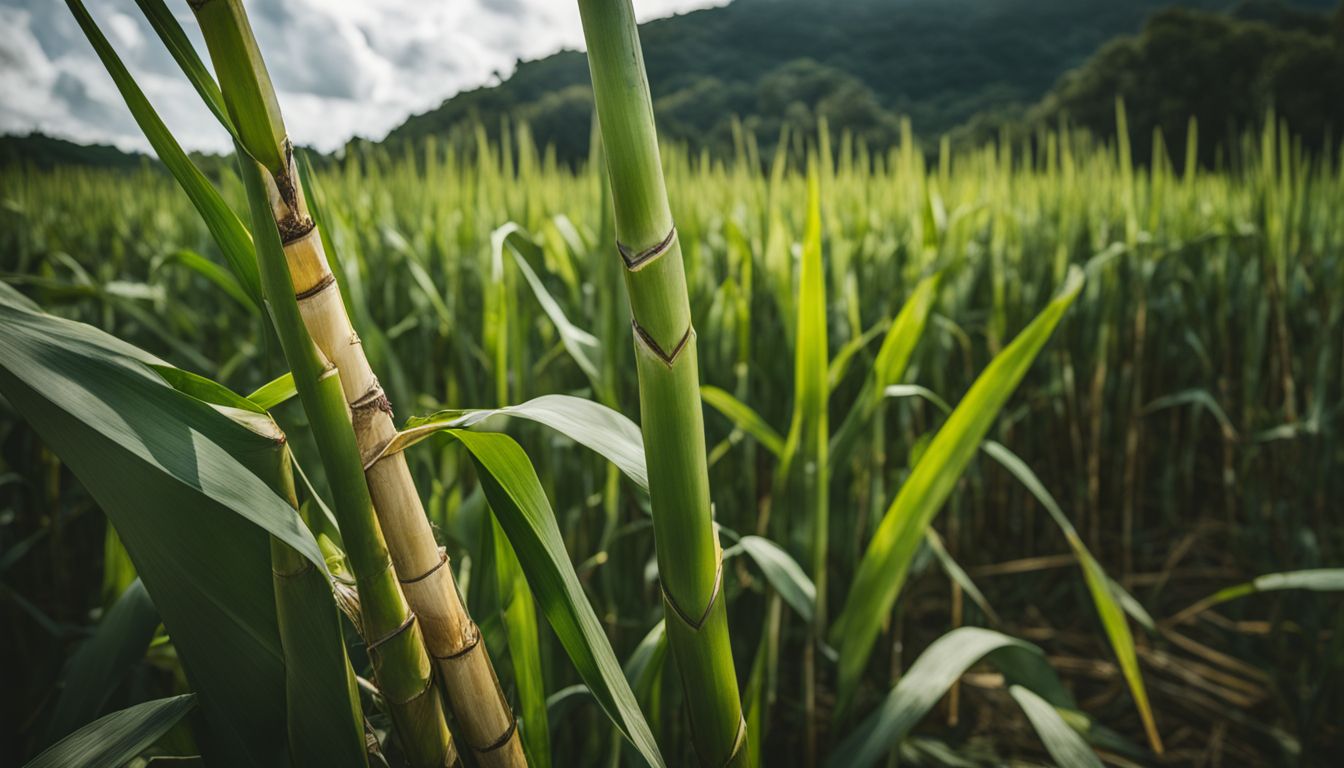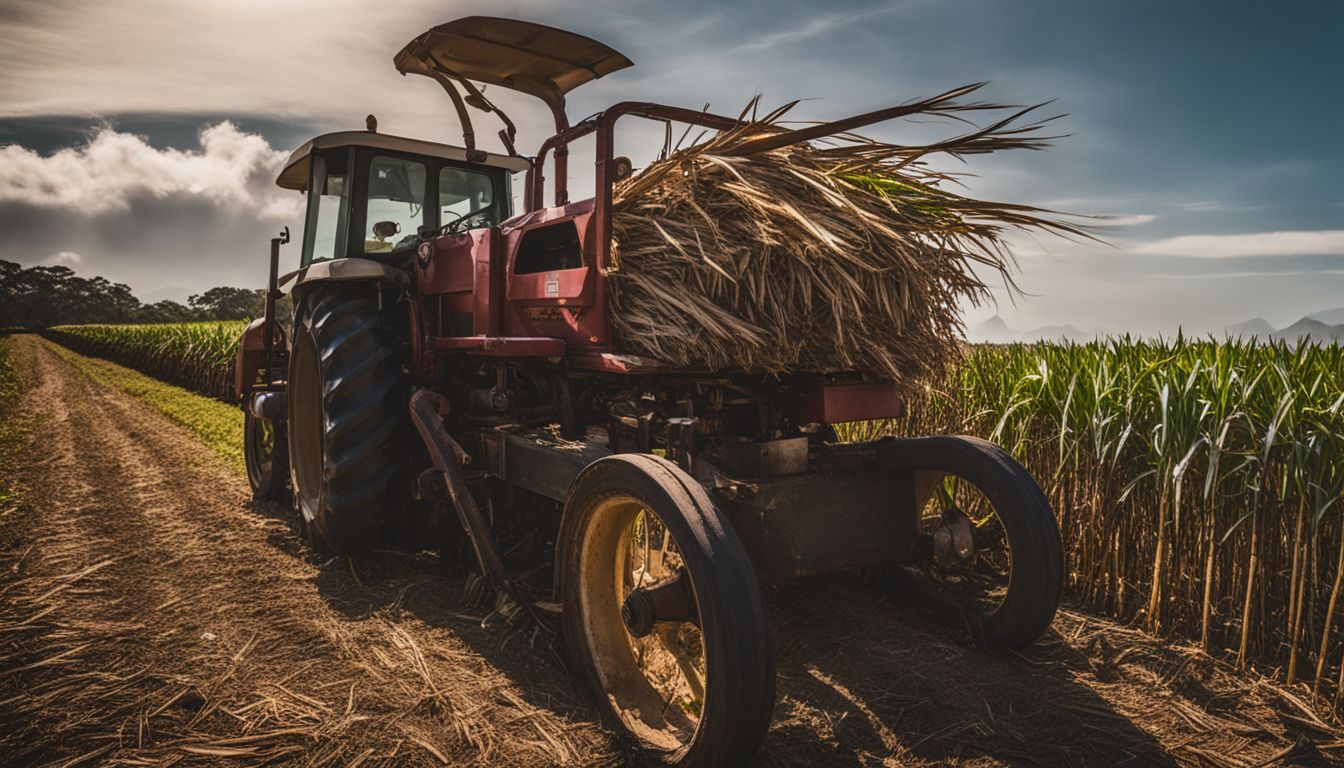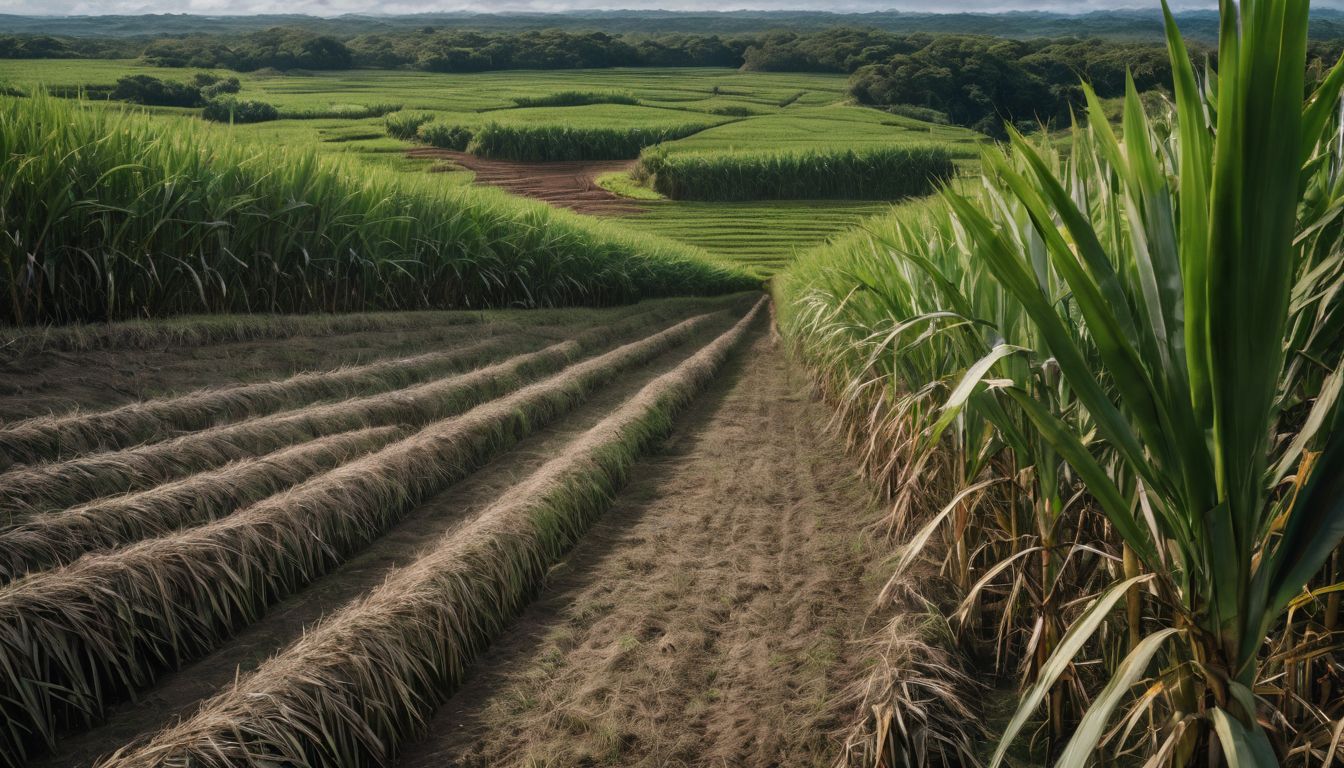Ever find yourself yearning for a vacation spot that offers more than just the same old sandy beaches? I know I did until I stumbled upon an unexpected historical gem, the Museo de La Zafra, nestled on Gran Canaria.
About Museo de La Zafra

Located in Santa Lucía de Tirajana on Gran Canaria, Museo de La Zafra is a museum dedicated to showcasing the rich history of sugar cane production in the municipality and exploring the lifestyles of those involved in the production process.
Location: Santa Lucía de Tirajana, Gran Canaria
The Museo de La Zafra sits in Santa Lucía de Tirajana on Gran Canaria. It is a fun place to visit. You can find it in the calm and peaceful part of the island. A trip to this museum gives you a chance to learn about sugar cane history.
It also lets you see the beauty of Gran Canaria. After your visit, explore local towns like Arucas and Agaete, too! They have fun beaches and beautiful nature spots waiting for you!
History of sugar cane production in the municipality
Sugar cane was once a big deal in Gran Canaria. Towns like Arucas and Agaete grew because of it. But today, you don’t see much sugar cane here. This plant played a big role in our history, though.
It gave work to many people and shaped our way of life before tourists came to visit. The Museo de La Zafra tells this story well. You get to learn how we grew and harvested the sugar cane here in Santa Lucía.
The museum also talks about tomato farms on the island too! And it shows how we drilled for water to make sure all these crops got enough drink.
Focus on the lifestyles of those involved in the production process
At Museo de La Zafra, I learned about the lives of sugar cane workers. In the past, they worked long days in hot fields to cut down tall stalks of sugar cane. They used sharp tools by hand because machines were not used then.
These people lived close to the fields in small houses with their families. Kids helped after school or did chores at home while parents worked on the land.
Exhibits and Attractions at Museo de La Zafra

The museum showcases displays on growing and harvesting sugar cane, highlighting the social and cultural impact of the industry, as well as water drilling techniques used in sugar cane production.
Displays on growing and harvesting sugar cane
At Museo de La Zafra, you can explore exhibits that show you how sugar cane was grown and harvested on Gran Canaria. Here are some of the things you can see:
- Tools and equipment used in the cultivation of sugar cane
- Diagrams and models explaining the different stages of growth
- Photographs showing the hard work of farmers in the fields
- Videos demonstrating traditional harvesting techniques
Social and cultural impact of sugar cane production
The production of sugar cane on Gran Canaria had a significant social and cultural impact. The museum explores how the cultivation of sugar cane shaped the lives and livelihoods of the island’s inhabitants.
It highlights the role that sugar cane farming played in the development of towns like Arucas and Agaete. Although there is now very little sugar cane grown on the island, it remains an important part of its history.
Visiting this museum provides insights into traditional ways of life before tourism became prominent on Gran Canaria.
Water drilling techniques used in the industry
At the Museo de La Zafra, you can learn about the water drilling techniques used in the sugar cane industry. Here are some important facts:
- The museum explains how the Canarias perfected water drilling to ensure enough water for the tomato and sugar cane crops.
- Water drilling was necessary because the island of Gran Canaria doesn’t have a lot of natural water sources.
- The techniques involved digging deep wells, using primitive tools and equipment.
- Farmers would dig the wells by hand or with simple machinery.
- They would often hit volcanic rock layers which made drilling more challenging.
- Once a well was dug, it would be lined with stones or bricks to prevent collapse.
- The wells were then connected to an irrigation system that distributed water to the fields.
- These traditional methods of water drilling were essential for successful sugar cane and tomato cultivation on the island.
Visitor Experience at Museo de La Zafra
Step into the fascinating world of sugar cane production and immerse yourself in the history and culture at Museo de La Zafra. From displays on growing and harvesting sugar cane to showcasing the social impact, this museum offers a unique visitor experience that shouldn’t be missed!
Opening hours and admission prices
I am pleased to share that Museo de La Zafra is open for tourists from Tuesday through Sunday. Please note that the museum remains closed on Mondays. The opening hours are from 10:00 AM to 5:00 PM. The good news is that admission to this historical repository is absolutely free, allowing you to immerse yourself in the rich history of Gran Canaria without worrying about the costs.
| Day | Opening Hours |
|---|---|
| Monday | Closed |
| Tuesday | 10:00 AM – 5:00 PM |
| Wednesday | 10:00 AM – 5:00 PM |
| Thursday | 10:00 AM – 5:00 PM |
| Friday | 10:00 AM – 5:00 PM |
| Saturday | 10:00 AM – 5:00 PM |
| Sunday | 10:00 AM – 5:00 PM |
Admission: Free
Nearby attractions in Santa Lucía de Tirajana
Santa Lucía de Tirajana offers a range of attractions that you can explore while visiting the Museo de La Zafra. Here are some nearby places to check out:
- Beautiful Beaches: Santa Lucía is located close to some of Gran Canaria’s best beaches, including Playa de las Burras and Playa del Inglés. Spend a relaxing day sunbathing or take part in exciting water sports.
- Nature Reserves: The municipality is home to stunning natural landscapes, such as the Barranco de Tirajana and the Caldera de los Marteles nature reserves. Go hiking or cycling and immerse yourself in the island’s natural beauty.
- Archaeological Enclaves: Santa Lucía is rich in archaeological sites, offering a glimpse into Gran Canaria’s past. Don’t miss the chance to visit places like El Castillo, which dates back to pre-Hispanic times.
- Gastronomy: Explore the local cuisine and try traditional Canarian dishes at restaurants in Santa Lucía. Sample mouthwatering specialties like papas arrugadas (wrinkled potatoes), mojo sauce, and fresh seafood.
Recommendations for activities, restaurants, and hotels
When visiting the Museo de La Zafra, there are plenty of activities, restaurants, and hotels nearby to enhance your experience. Here are some recommendations:
- Enjoy the beautiful beaches of Gran Canaria, such as Maspalomas Beach or Playa de las Canteras.
- Explore the stunning nature reserves on the island, like Roque Nublo or Palmitos Park.
- Visit the fascinating archaeological enclaves such as Cueva Pintada or Risco Caído and the Sacred Mountains of Gran Canaria Cultural Landscape.
- Indulge in the local gastronomy by trying typical Canarian dishes at restaurants like Restaurante El Arenal or Casa Antonio.
- Stay at comfortable hotels such as Hotel Rural Villa Aguimes or Hotel Dolores.
Conclusion
The Museo de La Zafra is a fascinating museum that tells the story of sugar cane production on Gran Canaria. It offers a unique opportunity to learn about the agricultural history of Santa Lucía and the lives of those involved in this industry.
With its exhibits and attractions, it provides an informative and enjoyable experience for visitors while also showcasing other highlights of the island, such as its stunning beaches, nature reserves, and archaeological sites.
Don’t miss out on exploring this important part of Gran Canaria’s past!

